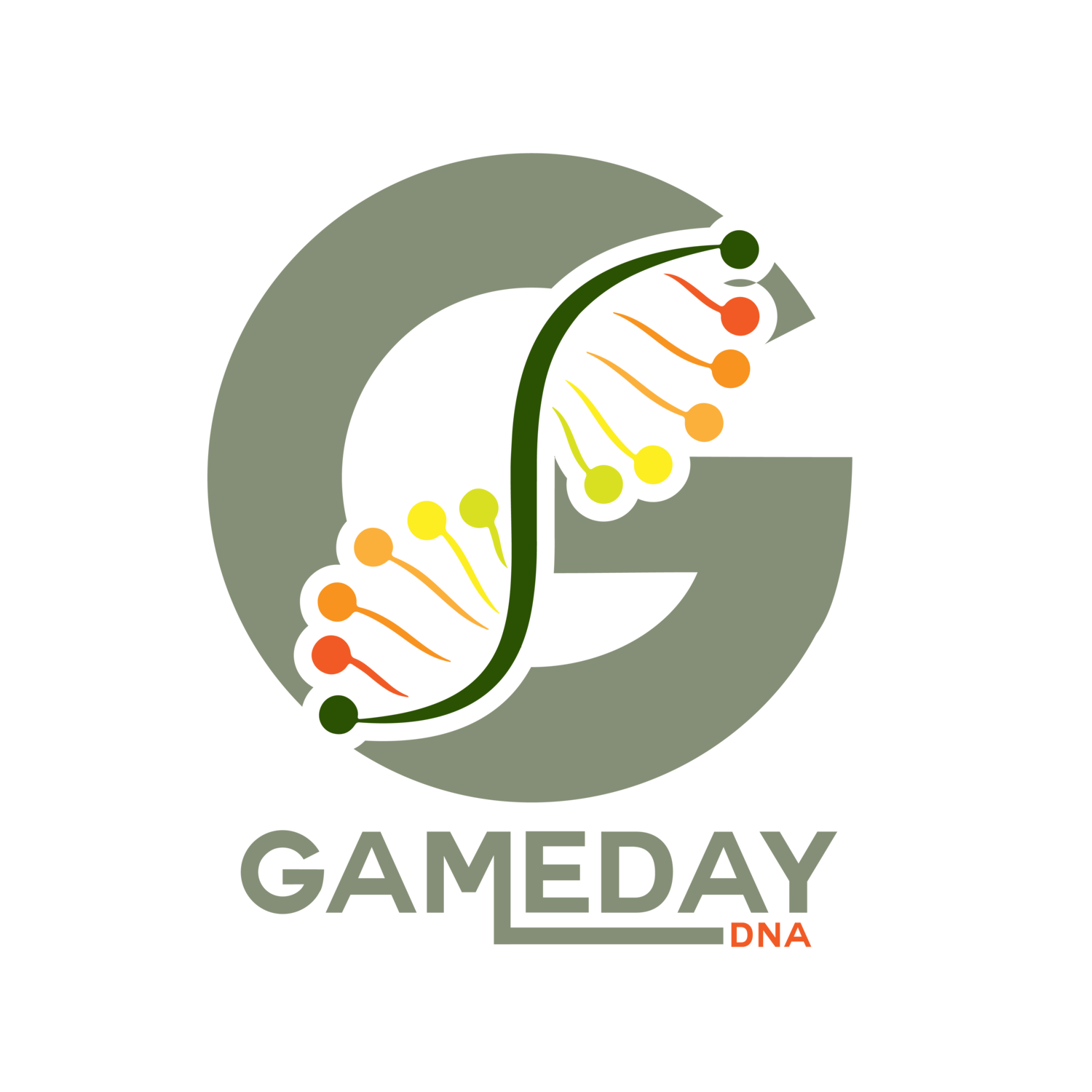How to Legally Establish Paternity with DNA Testing: Accurate, Court-Ready Proof
Why Legal DNA Paternity Establishment Is Essential
Establishing paternity is vital for securing a child's legal rights, financial support, and emotional bonds within families. For both legal reasons and personal clarity, DNA testing provides the most accurate and court-approved method to confirm biological fatherhood. This guide outlines the science behind paternity establishment, new testing advances, and key steps for navigating legal requirements.
The Science and Process of Confirming Legal Paternity
Married fathers are automatically granted legal status when a child is born, but unmarried dads need extra steps to gain recognition. Modern DNA tests deliver gold-standard accuracy, with results above 99.9%, to confirm biological relationships. Once paternity is legally established, fathers gain parental rights, can offer financial support, and build stronger relationships with their children.
How to Navigate State-Specific Legal Steps
Paternity laws change across states, making legal recognition complex for many families.
Marriage is enough to establish paternity in some states, regardless of biological ties.
Unmarried fathers may need to sign an Acknowledgment of Paternity (AOP) or complete a DNA test for legal recognition.
Understanding your state’s legal requirements is crucial. Consult with a family law expert or local legal professional to comply with regional guidelines and secure your family’s rights.
DNA Testing Provides Equal Opportunity for Paternity Rights
DNA testing has revolutionized how families establish legal fatherhood, giving both mothers and fathers equal, science-backed options to secure rights and relationships. Today’s tests are affordable, accessible, and reliable—whether for court, family law, or personal clarity. DNA testing empowers everyone with accurate, actionable proof.
Non-Invasive Prenatal Paternity Testing: The Latest Advances
Non-invasive prenatal paternity (NIPP) tests have transformed paternity establishment for expectant parents. By analyzing fetal DNA from the mother's blood as early as 7 weeks gestation, NIPP testing offers a safe and precise alternative to invasive methods like amniocentesis.
Top Benefits of NIPP DNA Paternity Tests
100% safe for both mother and baby.
Fast results—usually within 5 business days.
Fully admissible for legal/court purposes when chain-of-custody is followed.
Step-by-Step Guide: How to Legally Establish Paternity
If you’re an unmarried parent seeking legal recognition, follow these actionable steps for the best results:
Determine Your Needs: Decide if you require a legal DNA test (for court) or at-home test for personal information.
Choose a Reliable DNA Testing Provider: Always select an accredited lab to ensure accuracy and legal validity.
Collect DNA Samples: Use cheek swabs or blood samples, following all instructions for proper collection.
Submit Proper Documentation: For legal cases, chain-of-custody protocols are required to guarantee results are accepted by courts.
Receive Your Results: Most providers deliver certified test results within 2–5 business days.
Frequently Asked Questions About Legal DNA Paternity Testing
What is a legal DNA paternity test?
A legal DNA paternity test analyzes genetic markers to confirm whether someone is the biological father of a child, using court-admissible sample collection and documentation.
How does the DNA paternity test process work?
DNA samples—usually cheek swabs from the child and alleged father—are collected and securely documented, then analyzed in an accredited lab for shared genetic markers that establish biological relationships.
Are at-home DNA paternity test results valid for legal use?
At-home DNA paternity tests can be over 99% accurate when performed by accredited providers, but results are not court-admissible unless chain-of-custody protocols are followed by a third party.
Can you establish paternity before birth with DNA?
Yes. Non-invasive prenatal paternity (NIPP) tests analyze fetal DNA from the mother’s blood as early as 7 weeks gestation, providing safe and reliable answers before birth.
How soon are legal paternity test results available?
Most legal paternity DNA test results are available within 2–5 business days after the lab receives the samples. Expedited options may provide results even faster.
Conclusion: The Importance of Establishing Paternity
Establishing paternity benefits both parents and children by securing legal rights, financial support, and emotional bonds. With advancements in DNA testing technology, the process has never been easier or more accessible. Whether you need results for court cases or personal peace of mind, choosing an accredited provider ensures accuracy and reliability every step of the way.
Follow us on Instagram and Twitter! If you have questions about paternity tests or other DNA testing services, please contact our Client Support Center at 302-529-1789, Mon-Sunday from 8:00 AM to 9:00 PM Eastern Time. Our friendly, expert representatives are ready and happy to help. Get answers anytime by visiting our Help Center.


